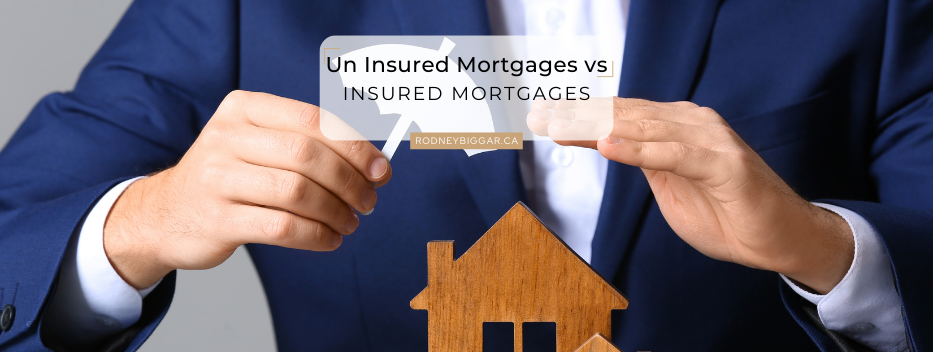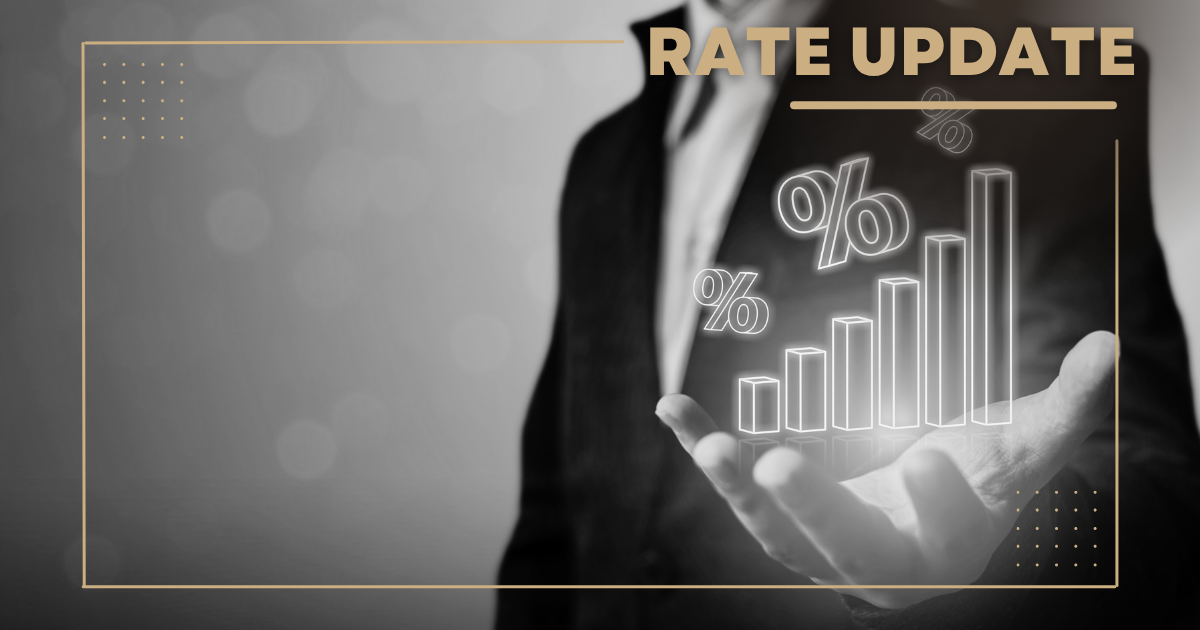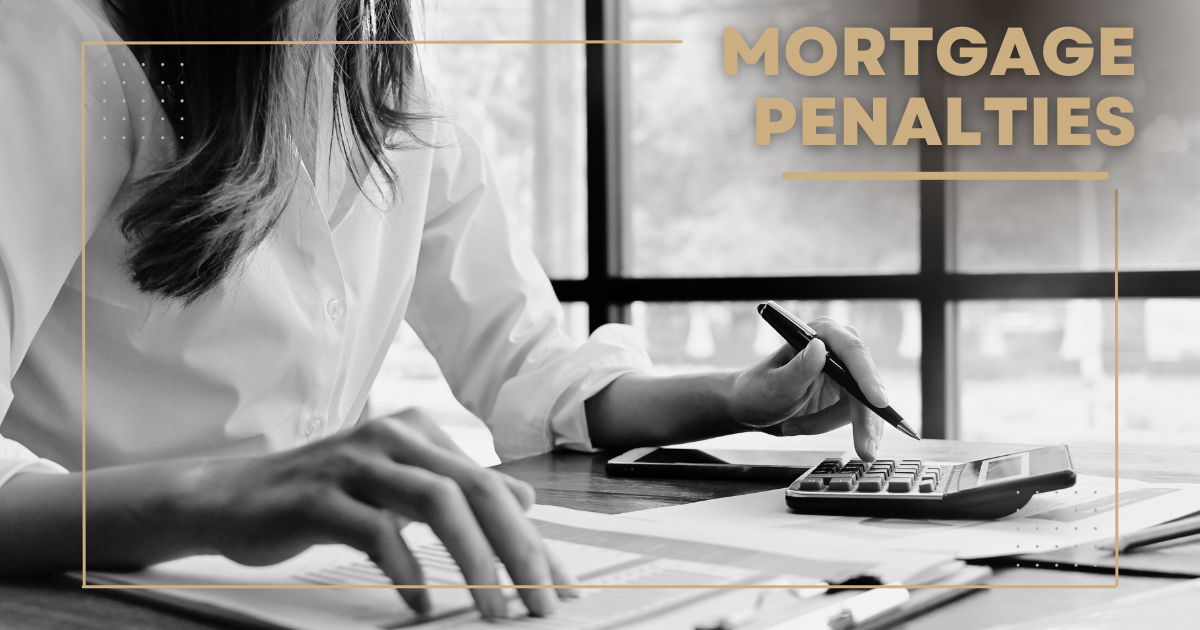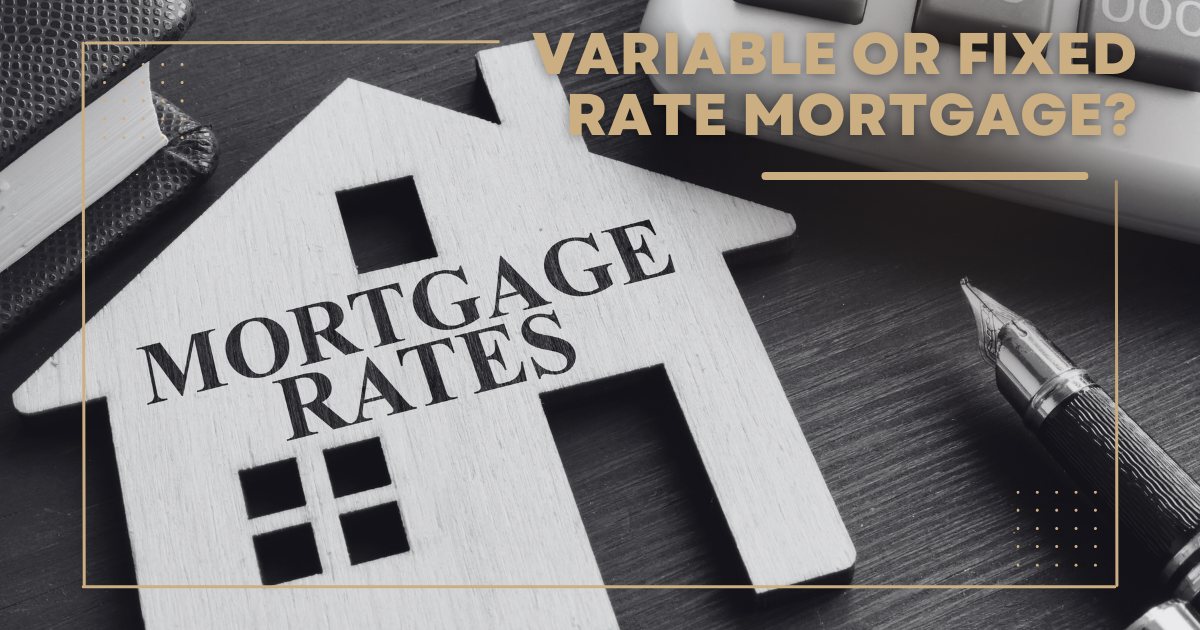Do you know the differences between an uninsured mortgage and an insured mortgage? I want to help you understand the key points to make sure you can make an informed decision when applying for a mortgage.
If you have more than 20% down payment, you can apply for an uninsured mortgage, also known as a low-ratio or conventional mortgage. This applies if your mortgage meets any of the following criteria:
- It is a purchase of $1 million or more.
- You have a minimum down payment of 20%.
- You are purchasing a non-owner occupied single-unit rental.
- You are refinancing your current mortgage loan with an increased size.
With more than 20% down, an uninsured mortgage is typical. There are some cases where a borrower may require default insurance with more than a 20% down payment, but not often.
The qualification of this type of mortgage is based on two higher rates: the contract rate plus 2%, or the Bank of Canada’s qualifying rate. Only one level of approval is required from the mortgage lenders. These mortgages can have 30-year amortizations and can be for any home value.
However, it is important to note that conventional mortgages without default insurance are considered higher risk for lenders, so the rates tend to be slightly higher for such deals. This is something to keep in mind when considering your options.
On the other hand, if you have less than 20% down payment, you will need to secure an insured mortgage, also known as a high-ratio mortgage.
This type of mortgage is backed by the Canada Mortgage Housing Corporation (CMHC), Genworth, or Canada Guaranty.
- There is an insurance premium, a one-time amount, that will be added to the final mortgage balance.
- Insurance is required for mortgages with less than 20% down payment to protect the mortgage lender in case of a loss in principal balance due to foreclosure.
To qualify for an insured mortgage, you will need to meet the Bank of Canada’s Conventional 5-year fixed posted rate. The rate presented, known as the contract rate, will then determine your mortgage payments. In most cases, the default insurance premium is added to the mortgage balance, so you are not required to pay it upfront. However, this means that you will be charged the mortgage interest rate on the insurance premium amount.
It’s worth noting that default insurance reduces the lender’s risk, resulting in lower mortgage rates for insured transactions.
I hope this information helps you understand the differences between uninsured and insured mortgages. Please feel free to reach out if you have any further questions or need more assistance. I’m here to help.






